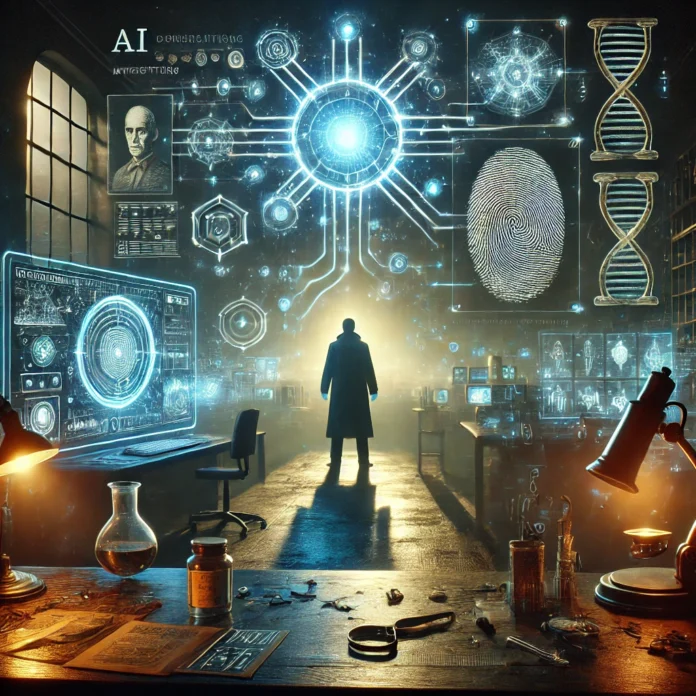The allure of unsolved mysteries, from decades-old cold cases to ancient enigmas, has captured human imagination for centuries. While traditional investigative methods often reach a standstill, Artificial Intelligence (AI) is emerging as a game-changing tool for cracking these puzzles. By analyzing massive datasets, detecting patterns, and revisiting evidence with fresh perspectives, AI is breathing new life into mysteries once thought unsolvable.
AI in Criminal Investigations
AI’s ability to process and analyze data far exceeds human capacity, making it an invaluable tool for solving cold cases.
- DNA Analysis: AI-powered algorithms like those used by Parabon NanoLabs assist in genetic genealogy, linking unidentified DNA profiles to distant relatives in public databases. This technique famously helped solve the case of the Golden State Killer, a notorious criminal whose identity eluded law enforcement for decades.
- Facial Recognition: AI systems such as Clearview AI analyze old photographs and video footage to identify suspects or missing persons. By matching these images against modern databases, AI can uncover leads that traditional methods might overlook.
These applications enable investigators to revisit cold cases with advanced tools, providing new hope for justice.
Deciphering Historical Mysteries
AI is also being used to unravel ancient mysteries, from undeciphered scripts to lost civilizations.
- Lost Languages: Tools like Google’s DeepMind Ithaca use machine learning to reconstruct damaged inscriptions and decipher ancient texts. AI has been instrumental in filling gaps in languages such as Linear B, offering insights into forgotten cultures.
- Archaeological Discoveries: AI-powered satellite imaging detects buried structures and artifacts, guiding archaeologists to unexplored historical sites. For example, researchers have used AI to identify previously unknown Maya settlements hidden beneath dense jungle canopies.
These advancements help historians and archaeologists piece together the stories of ancient societies.
AI in Behavioral Analysis
Unsolved mysteries often hinge on understanding human behavior, whether it’s the motives of a criminal or the actions of a missing person. AI systems excel at behavioral analysis by identifying patterns and anomalies in large datasets.
- Crime Pattern Prediction: AI tools like CrimeRadar analyze historical crime data to predict patterns and suggest potential suspects. This helps narrow down investigative leads.
- Social Media Analysis: AI examines digital footprints, such as social media activity, to trace the movements and actions of individuals prior to their disappearance.
Challenges and Ethical Concerns
Despite its potential, AI in solving mysteries raises ethical and practical challenges:
- Bias in Data: AI systems are only as unbiased as the data they are trained on. Flawed or incomplete datasets can lead to wrongful identifications or assumptions.
- Privacy Concerns: Using AI for surveillance or social media analysis must balance the need for justice with individuals’ rights to privacy.
Conclusion
AI is proving to be a powerful ally in solving unsolved mysteries, from cold cases to ancient puzzles. While it cannot replace human intuition and expertise, its ability to analyze complex datasets and detect hidden patterns offers unprecedented opportunities for breakthroughs. As technology continues to evolve, AI holds the potential to bring closure to mysteries that have perplexed humanity for generations.





